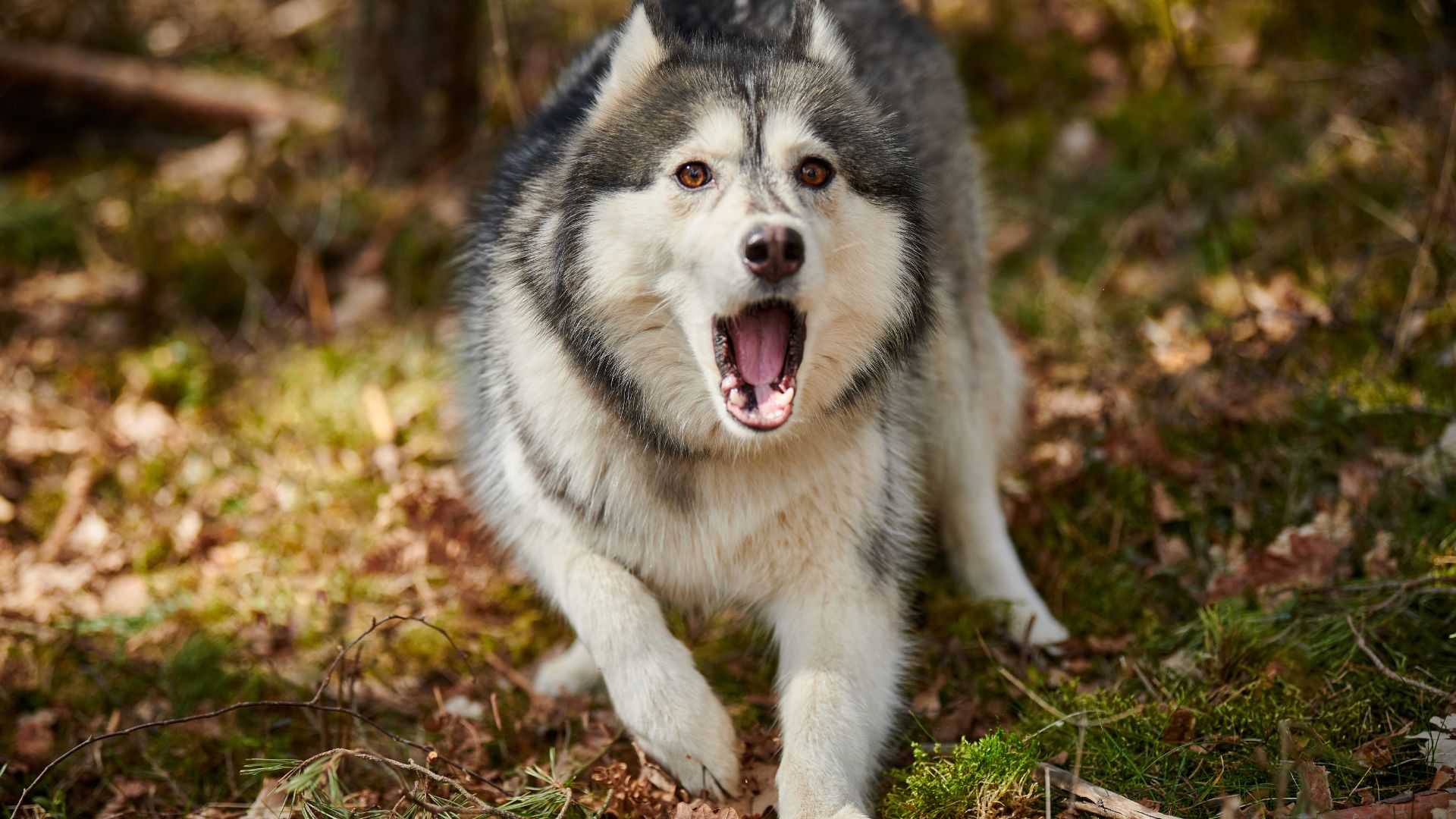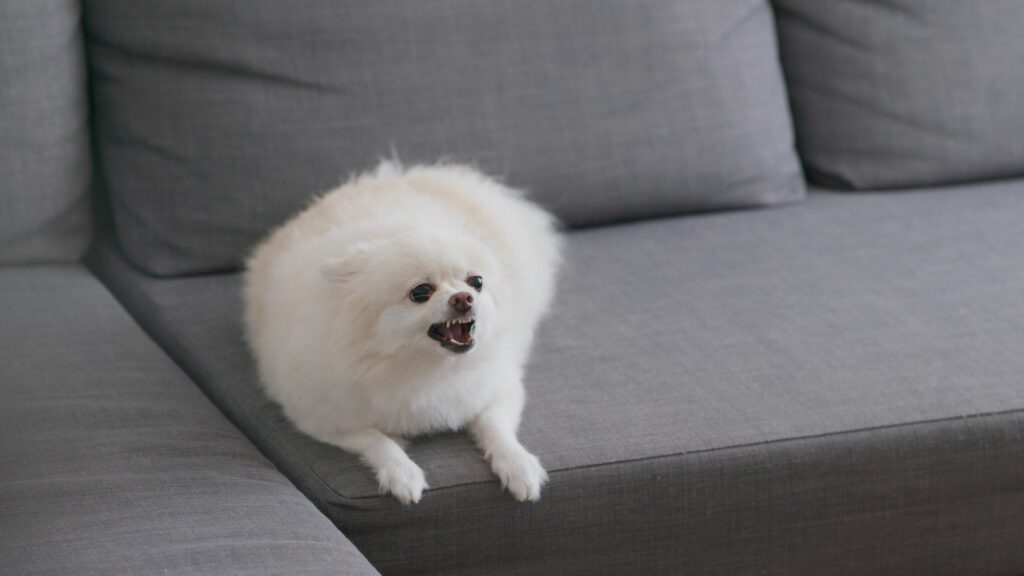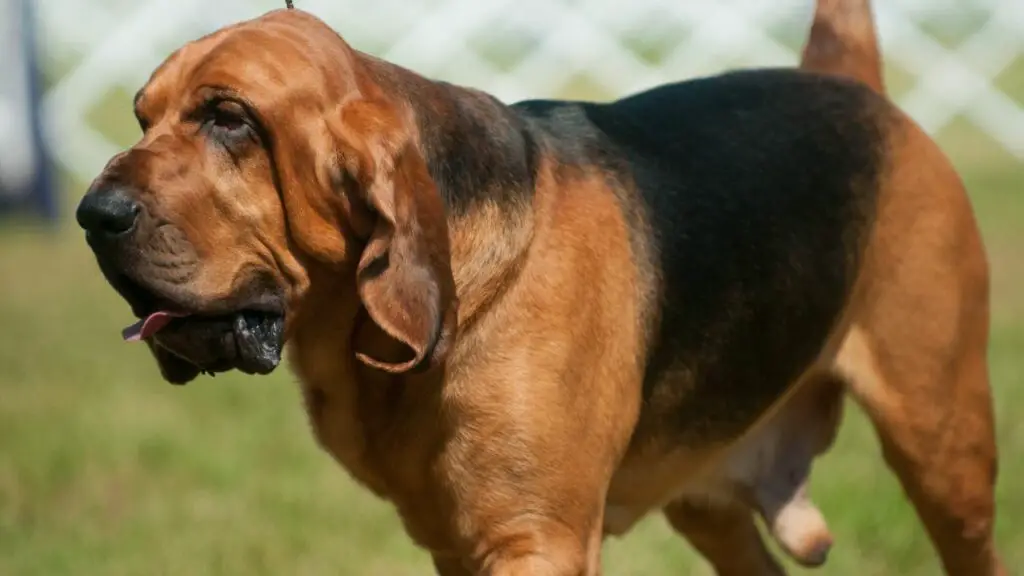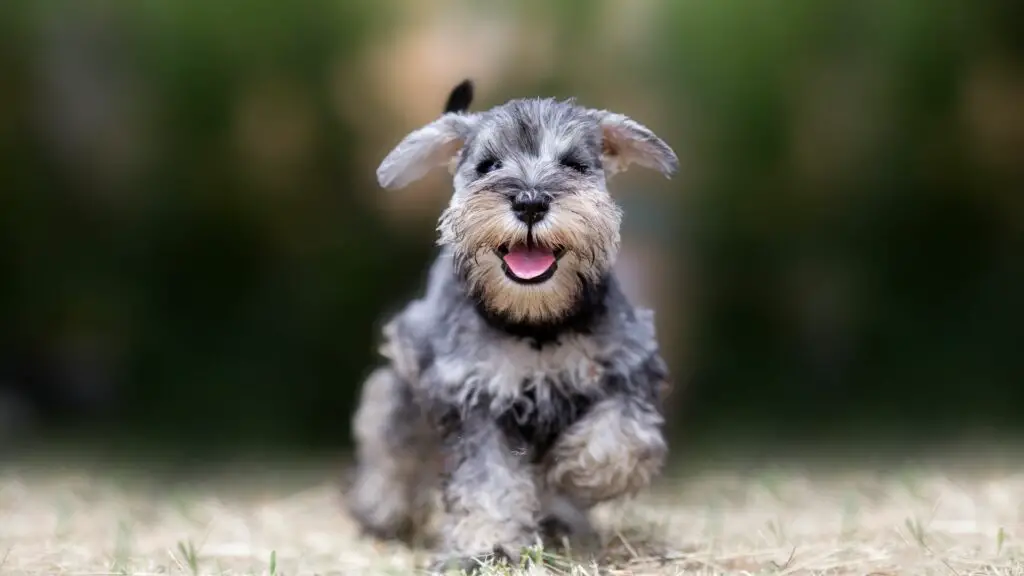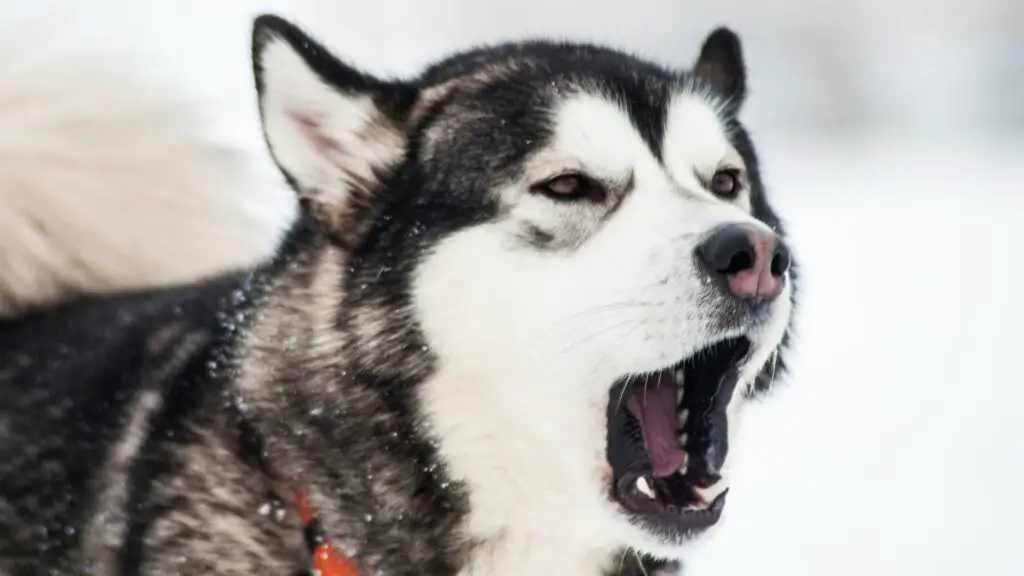From hilarious howls to quirky chirps, the canine world is full of surprising sounds. While all dogs bark, some breeds truly stand out with their uniquely amusing vocalizations. Prepare to chuckle as we explore seven dog breeds whose barks are anything but ordinary. Get ready for yodels, squeaks, and everything in between – these comical canines will have you wondering if you adopted a dog or a wacky cartoon character. Let’s dive into the delightful world of funny dog barks!
Have you ever heard a loud bark that made you do a double-take? Some dogs have barks that are so uniquely amusing, they can turn any frown upside down!
Whether it’s a high-pitched yap that sounds like laughter or a deep howl that seems more suited to a cartoon character, dog breeds with the funniest barks bring a special kind of joy into our lives.
From the spirited yelps of tiny terriers to the rumbling rumbles of bigger breeds, these dogs don’t just communicate — they entertain!
So, get ready to meet some of the canine world’s most charismatic vocalists, whose barks are guaranteed to tickle your funny bone and warm your heart.
Dog Breeds with the Funniest Barks
1. Pomeranian
Pomeranians are known for their distinctive, high-pitched yappy bark, which can sometimes be a bit too enthusiastic. If you’re considering adding a Pomeranian to your family, it’s crucial to teach them the “Quiet” command early in their training.
According to ASPCA, early socialization is also essential; introducing them to a variety of people and other dogs in a controlled, positive manner can help mitigate their natural wariness of strangers and reduce tendencies toward aggression with other dogs.
Smart, curious, and full of energy, Pomeranians have bold and feisty personalities. They are incredibly playful and often enjoy being the center of attention, making them delightful companions.
While they are great for families, their small size and delicate nature may not make them the best fit for homes with small children. Despite their toy-like appearance, Pomeranians are not suitable as rough playmates for young kids, as rough handling could lead to injuries.
2. Bloodhound
Bloodhounds possess a notable, deep bark that resonates only when they feel it’s necessary—whether they’re seeking attention, sensing something unusual, or simply feeling bored. This distinctive bark, known as baying, is a long, throaty call that these scent hounds use effectively during hunts.
Bloodhounds will bay to signal their tracking progress and to alert their owners and hunting companions about their proximity to prey, or when an unfamiliar presence is detected, guiding the group towards the right direction.
Known for their incredible sense of smell, Bloodhounds are gentle, placid, and fit well into active family life as they require substantial exercise. Originally bred for tracking and hunting, many Bloodhounds today are employed as sniffer dogs in various search and rescue missions.
PDSA notes that they thrive under positive training methods and are quite easy to train in experienced hands. In the home, they are affectionate and easy-going, making them beloved members of the family.
3. Dachshund
Dachshunds, often called doxies, are well-known for their vocal nature. Equipped with strong lungs, these dogs can produce a loud, deep bark that belies their small size. This powerful bark serves more than just making noise; it has a purpose rooted in their breeding history.
Originally bred for hunting, their keen senses allowed them to track prey effectively, while their robust barks would alert hunters to their location. This instinctual barking is not just a remnant of their past; even today, Dachshunds naturally use their bark to notify their owners of anything unusual, acting as little, yet mighty, watchdogs.
In addition to their vocal abilities, Dachshunds are extremely loyal and affectionate pets. They cherish close contact with their owners, enjoying activities like cuddling on the couch, sharing a bed, and following their humans around the house. This combination of vigilance and affection makes them cherished companions in many homes.
4. Miniature Schnauzer
Miniature Schnauzers are alert and vocal dogs, known for their tendency to bark at neighbors, delivery people, and other animals. Their barking can stem from a variety of emotions, including fear, hunger, sadness, or simply boredom. Particularly protective of their families, Miniature Schnauzers may bark more intensely when they perceive a threat, displaying their natural guard dog instincts.
Due to their intelligence, Miniature Schnauzers require ample mental stimulation to keep them from becoming bored and potentially destructive. Engaging them with games, puzzles, and consistent training can help manage their vocal behavior and channel their energy positively.
Originating from a background of rat-catching, some Miniature Schnauzers still harbor a strong prey drive, eagerly chasing anything that moves. PetMD points out that this can sometimes lead them into trouble, making it crucial to keep them on a leash or securely fenced in when outdoors to prevent any adventurous escapades.
5. Yorkshire Terrier
Yorkshire Terriers may be small in size, but they pack enormous personalities and come with a robust territorial bark. Whether it’s a phone ringing, someone speaking, or a knock on the door, your Yorkie is likely to respond with a sharp bark. For some Yorkies, even the slightest noise from outside can trigger a vocal reaction.
When your Yorkie barks, it’s their way of communicating. Often, they vocalize to alert you to what they perceive as potential dangers or to express their own anxieties. Given their small stature, the vast world can seem overwhelming to them, and their barking is not only a response to their environment but also a protective measure to ensure your safety.
Training your Yorkie to bark less involves helping them feel secure. Addressing their reactions to common sounds and situations where they typically bark is key to making them feel more comfortable and quiet.
6. Basset Hound
Basset Hounds are known for their distinctive baying bark, a robust combination of howling and barking that can carry over long distances. AKC states that this unique vocalization serves various purposes, from alerting to an intriguing scent to expressing discomfort or boredom. At home, Basset Hounds are mild-mannered and gentle, but their strong breeding as scent hounds comes to the forefront outdoors, where they aren’t shy about making their presence known with a deep, resonant bark.
The baying of a Basset Hound often signals important news: it might be triggered by an interesting smell, a concerning noise, or simply a desire for a treat. Originally, this baying bark helped to strengthen the bond between the dog and their owner, especially useful during hunting to communicate the dog’s location and status.
Even without a trail to follow today, this instinctual behavior remains ingrained in their DNA, often manifesting even in domestic settings where their deep voices can’t help but be noticed.
7. Siberian Husky
Huskies are renowned for their role as pack animals within the sled dog community, marking them as an ancient breed deeply embedded in teamwork and communication. Accustomed to interacting with their pack over distances, Huskies have developed a unique way of communicating that goes beyond typical barking.
Instead, they use a range of vocalizations, including howling and “talking,” to express their feelings and needs. Rarely do Huskies engage in true barking; their vocal expressions are more about conveying excitement, boredom, defiance, stress, or simply a desire to “chat” with their humans.
Siberian Huskies are exceptionally intelligent, yet they pose certain challenges for inexperienced owners. Their strong-willed and independent nature can make them seem less responsive to traditional training methods compared to other breeds. This independence, combined with their innate drive to pull and run, can also complicate leash training. Understanding and working with their unique characteristics requires patience and a tailored approach to training that respects their distinctive traits and harnesses their energy constructively.
Conclusion
In the world of canines, some breeds stand out not just for their looks but for their unique voices that bring laughter and lightness into our lives. From the smallest breeds with their high-pitched yips to those with booming howls, the variety of funny barks is as diverse as the dogs themselves.
Whether it’s the droopy-eyed basset with its long ears that seem to amplify its deep, soulful sounds, or the diminutive size pups whose barks are surprisingly commanding, these dogs remind us that joy can come in very vocal packages.
These funny barks enrich our lives, often bringing a smile or a laugh when least expected. Big barkers or small, each dog’s bark adds a unique note to the chorus of canine voices.
So next time you hear a funny bark, take a moment to appreciate the wonderful diversity and humor that these breeds bring into our homes and hearts. Whether it’s through yips, howls, or something in between, these dogs have a special way of making any day brighter.
From the yodel of a Basenji to the surprising “aroo” of a New Guinea Singing Dog, these seven breeds prove that dog barks are far from monotonous. Their unique vocalizations, often described with terms like “talking,” “singing,” or “screaming,” add personality and humor to their already charming natures. While not always appreciated by neighbors, these quirky barks offer a fun glimpse into the diverse world of canine communication, reminding us that dogs are more than just man’s best friend – they’re also our most entertaining comedians.

